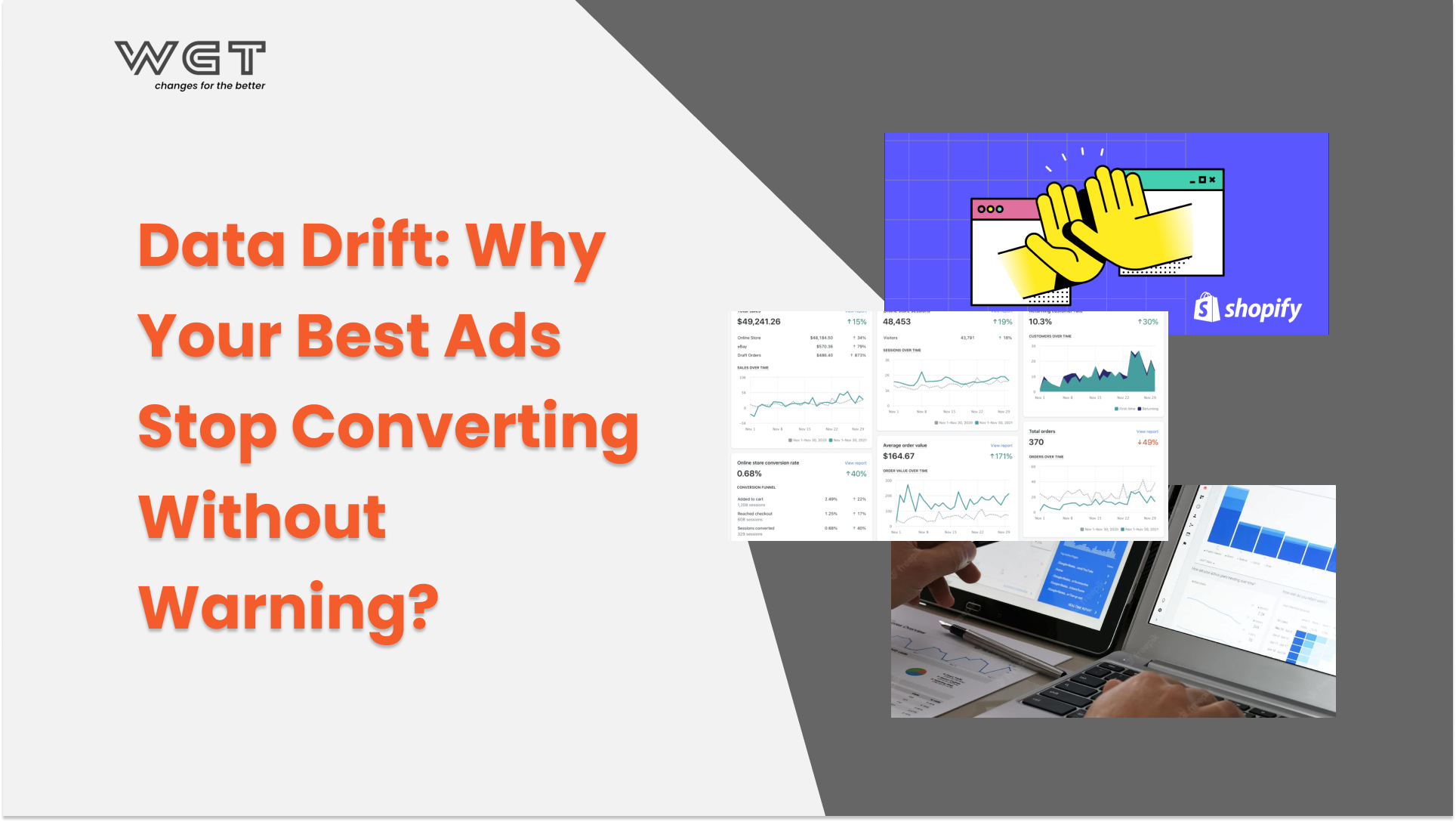E-commerce ranking isn’t just about recognition—it’s about trust and influence. Nearly half of consumers are willing to pay more for brands they trust, proving that strong e-commerce branding drives customer loyalty and sales.
Every interaction—whether on an e-commerce website, social media, or an online marketplace—shapes how customers perceive a business. Standing out requires more than just a logo or color scheme—it demands a platform designed to reflect your brand’s identity.
Why enterprise companies should focus on e-commerce branding?
Enterprise-level businesses possess extensive experience and industry credibility. A strong e-commerce branding strategy helps them communicate their unique offerings effectively and foster customer loyalty.

1. Enhance customer experience
Established brands provide a seamless experience across all channels, ensuring customers receive consistent messaging. Whether interacting via an e-commerce website, social media, or offline touchpoints, customers develop familiarity with the brand’s tone and identity.
Effective branding also aids in targeting the right audience. For example, an online business catering to university students tailors its marketing approach through relevant visuals, tone, and promotional strategies.
2. Reduce customer acquisition costs
A clearly defined brand identity attracts the right audience, minimizing the need for expensive advertising. Recognizable brands benefit from organic growth and repeat business, as retaining existing customers is significantly more cost-effective than acquiring new ones.
Moreover, satisfied customers become brand advocates, further spreading positive word-of-mouth and reducing acquisition costs.
3. Encourage innovation and market adaptation
Strong brands set customer expectations, whether through exceptional service or rapid delivery. To maintain their reputation, businesses continuously refine their offerings, stay ahead of market trends, and provide innovative online shopping solutions to keep customers engaged.
4. Custom e-commerce branding identity
Generic templates often limit brand expression, making many stores look indistinguishable. A customized platform enables businesses to create a distinct digital storefront, offering full control over design, layout, and functionality. This level of customization ensures a unique brand experience that resonates with the audience.
5. Integrate with other systems
Businesses often rely on ERP, CRM, and marketing automation tools. Many pre-built platforms lack the flexibility to integrate effortlessly with these systems, causing inefficiencies. A fully functional platform allows for smooth synchronization, real-time data exchange, and operational efficiency.
What are the 7 essential types of e-commerce branding?
Branding done haphazardly would be a liability in a competitive landscape, but consistent branding increases brand recognition and drives growth. Here are seven forms of online branding to consider when developing a branding strategy:
1. Company branding
Corporate branding ensures a consistent identity across all channels, including logos, colors, typography, and messaging. A well-established brand presence reinforces credibility and builds trust. Companies that maintain a uniform voice across their e-commerce website, marketing materials, and customer interactions create a recognizable and reliable image.
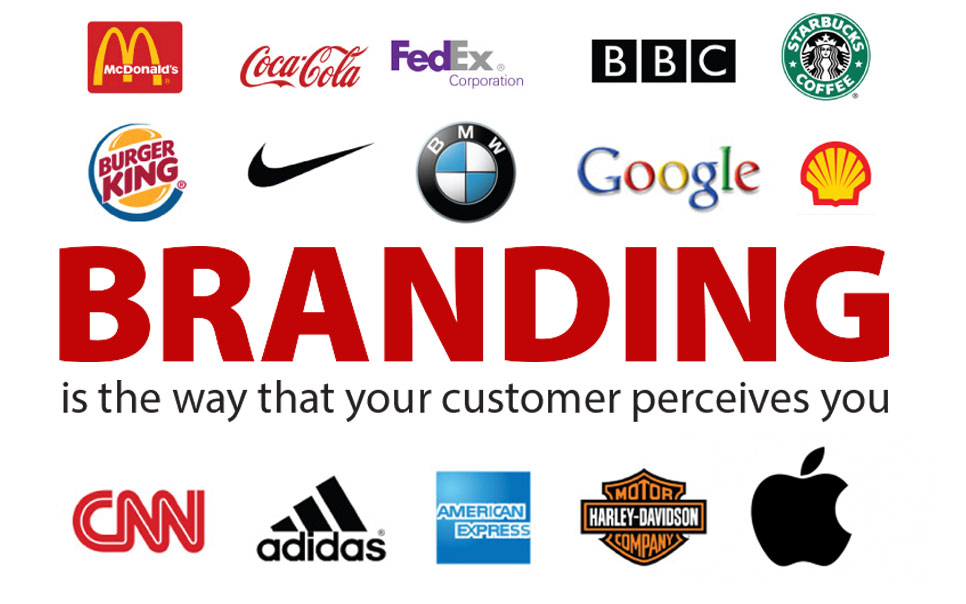
Apple, as a typical example, maintains an intuitive brand experience across its stores, packaging, and website, reinforcing its premium and innovative identity.
2. Product branding
Product branding assigns a unique identity to a specific product line while staying aligned with the company’s overall brand strategy. Businesses selling multiple product categories benefit from this approach, as it allows each offering to connect with a distinct audience.
For example, Nike differentiates its Air Jordan line from its other athletic shoes by giving it a distinct brand identity that resonates with basketball enthusiasts and sneaker collectors.
3. Service branding
Since services lack tangible packaging, businesses focus on delivering a smooth experience and establishing a compelling narrative. E-commerce branding for services is built on reliability, trust, and strong brand storytelling. Companies in industries like SaaS or consulting use customer testimonials, high-quality content, and a well-designed website to communicate their value effectively.
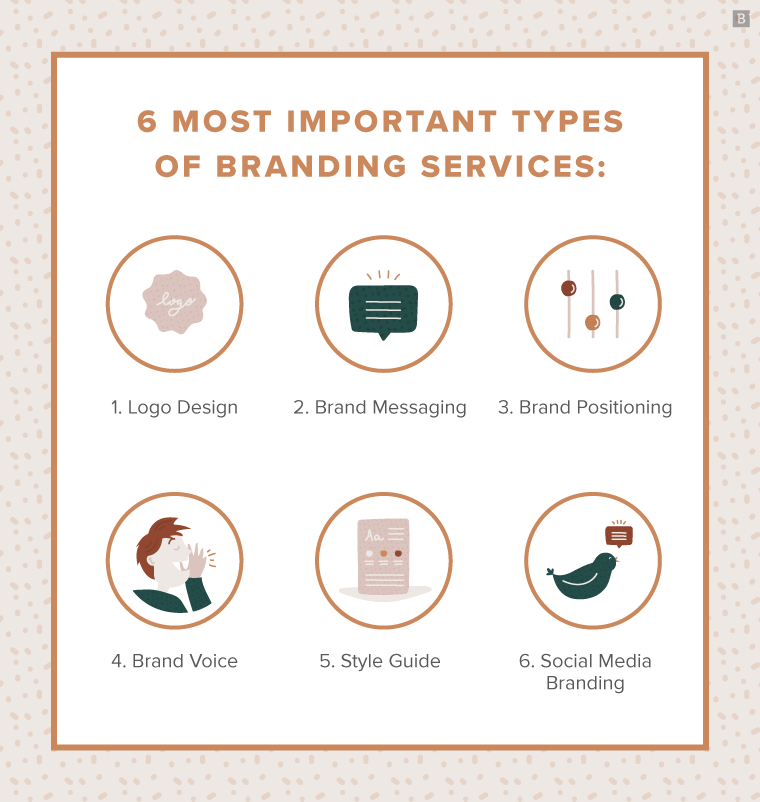
4. Ingredient branding
Ingredient branding highlights a special component within a product to enhance its perceived value. Whether it’s premium materials or proprietary technology, showcasing these elements helps differentiate a product in a competitive market. This strategy is particularly effective in industries like food, beauty, and consumer electronics, where customers are willing to pay more for superior ingredients or materials.
For example, Intel’s “Intel Inside” campaign successfully positioned its microprocessors as a key selling point for personal computers, reinforcing its importance in the tech industry.
5. Collaborative branding
Partnering with another brand allows businesses to reach new audiences while strengthening their credibility. Collaborative branding involves co-developing products, services, or marketing campaigns to leverage shared strengths. Successful partnerships, such as exclusive co-branded product lines, create excitement and expand market reach.

6. Digital branding
Businesses leveraging e-commerce platforms create a fully tailored shopping experience, reinforcing their unique identity. From personalized user interfaces to strategic content marketing, digital branding ensures consistency across websites, social media, and advertising channels.
By using online shopping solutions tailored to their brand, store owners enhance their market presence and create a lasting impression on customers. Implementing these branding strategies ensures differentiation, fosters loyalty, and strengthens a company’s competitive position in the e-commerce landscape.
How to successfully do e-commerce branding for enterprise?
Customizing an e-commerce website goes beyond aesthetics—it requires strategic enhancements that align with brand identity, improve customer experience, and optimize functionality. The following steps ensure a tailored platform that strengthens e-commerce branding and differentiates your business from competitors.
1. Define the brand
A strong brand identity is the foundation of a unique and memorable online store. Establishing this identity ensures consistency across all customer interactions.
– Establish a clear brand mission, values, and unique selling points
– Develop a consistent brand voice and personality that aligns with your audience
– Create brand guidelines that ensure uniformity across marketing materials, website design, and customer interactions
2. Optimize website design
Your e-commerce website is recommended to visually reflect your brand’s personality while offering a fluid shopping journey A well-designed platform enhances credibility and engagement.
– Use a custom e-commerce platform to tailor UI/UX for a smooth and engaging shopping experience
– Choose a color scheme, typography, and design layout that reflects brand aesthetics
– Incorporate interactive elements such as dynamic banners, videos, and animations to enhance engagement
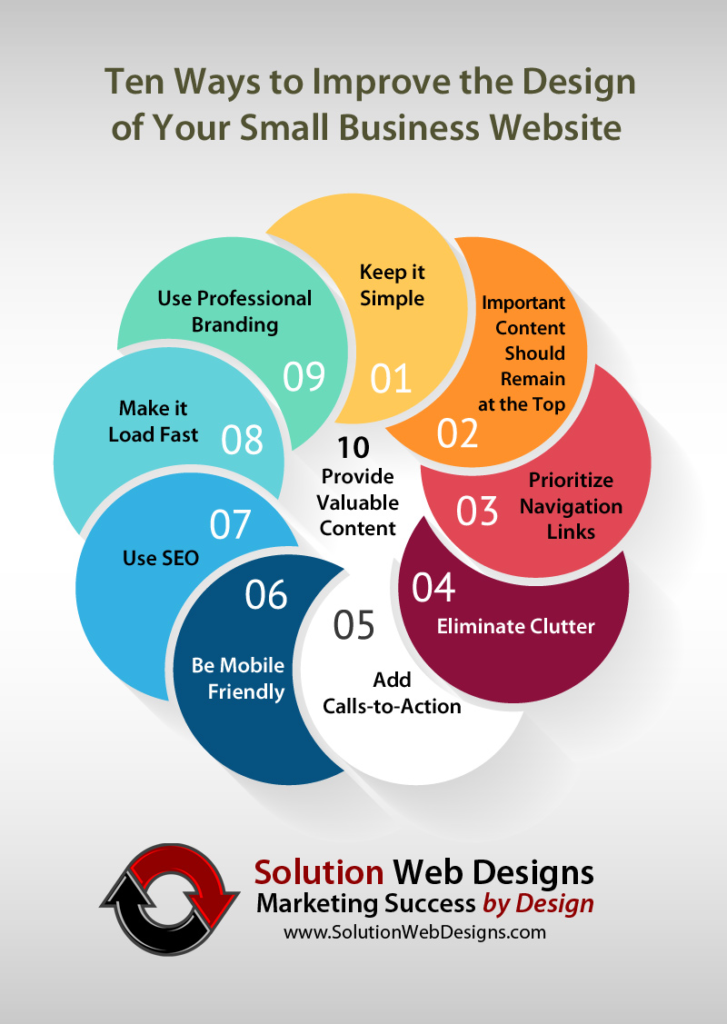
3. Leverage personalization
Personalization enhances customer experience by making interactions more relevant and engaging. An online store offers tailored content and recommendations to increase conversions.
– Implement AI-driven tools for personalized recommendations and tailored product suggestions
– Offer customized shopping experiences with dynamic pricing and exclusive promotions
– Use customer data to personalize email marketing, product pages, and checkout experiences
4. Improve site performance & mobile optimization
Fast and responsive platforms retain customers and improve search rankings. A smooth e-commerce website experience across all devices ensures cohesive shopping.
– Ensure fast loading times by optimizing images and code
– Make your e-commerce website mobile-responsive for browsing on all devices
– Use SEO best practices to improve visibility and organic traffic
5. Integrate data & analysis
A data-driven approach helps merchants refine branding efforts and optimize performance. Using analytics enables smarter decision-making for growth.
– Use heatmaps and analytics tools to track user behavior and improve website navigation
– Monitor conversion rates and adjust marketing strategies accordingly
– Analyze customer feedback and optimize product offerings based on insights
6. Strengthen customer engagement
An interactive and responsive approach fosters brand loyalty. Customer engagement strategies solidify a business’s identity in the e-commerce branding space.
– Provide 24/7 customer support via live chat, email, and phone assistance
– Engage with customers through interactive content like quizzes, polls, and social media Q&As
– Encourage user-generated content, including reviews and testimonials, to build credibility
D. Which popular e-commerce branding platforms offer the most customizable website templates?
Not all e-commerce platforms offer the same level of flexibility. If your goal is to create a truly unique and branded shopping experience, selecting the right platform is essential. Here are five platforms known for their high level of customization, each with its unique advantages.
Not all e-commerce platforms offer the same level of flexibility. If your goal is to create a truly unique and branded shopping experience, selecting the right platform is essential. Here are five platforms known for their high level of customization:
1. Shopify flexibility
Shopify is prominent for its ease of use and extensive customization options, making it a top choice for e-commerce branding. It provides a vast collection of templates that can be adapted to match brand aesthetics. With a drag-and-drop builder, store owners are able to adjust layouts, colors, and fonts without coding expertise. Additionally, Shopify’s extensive app marketplace allows for added functionality, making it ideal for businesses that want flexibility with minimal technical effort.
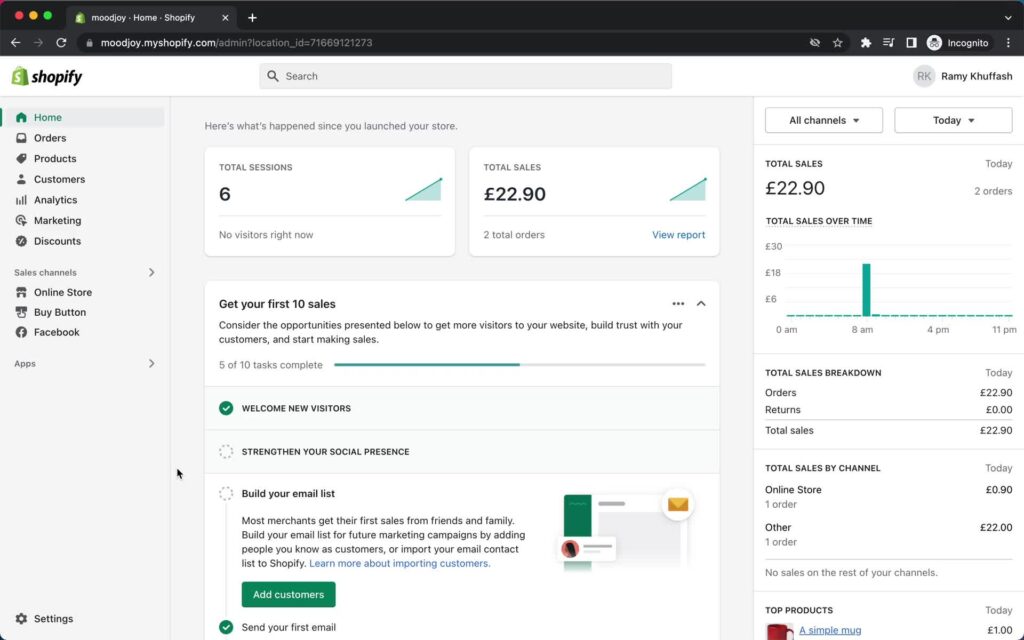
Shopify is a top choice for online retailers due to its intuitive interface and a variety of customizable templates.
– Modify color schemes, fonts, layouts, and product displays to align with branding.
– Use Shopify’s drag-and-drop builder for quick adjustments without coding.
– Access a vast theme store and third-party apps to enhance functionality.
2. BigCommerce customization
BigCommerce offers highly customizable templates designed for performance and scalability, making it a strong contender for businesses. Unlike some platforms, it allows direct editing of HTML and CSS, giving developers full control over design modifications. E-commerce sellers that require advanced customization without sacrificing speed and security benefit from BigCommerce’s built-in optimization and seamless third-party integrations.
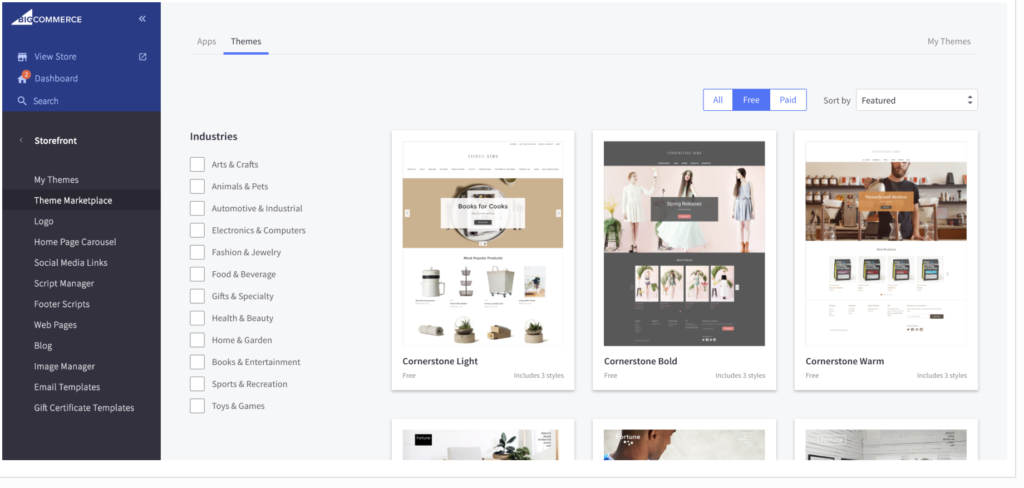
BigCommerce is ideal for companies that need both advanced customization and scalability.
– Choose from conversion-optimized templates that are modified extensively
– Edit underlying HTML and CSS for deeper customization
– Integrate seamlessly with third-party apps to enhance design flexibility
3. Wix versatility
Wix provides unmatched creative freedom, making it ideal for brands aiming to enhance their e-commerce website with visually dynamic elements. Its intuitive design editor enables to adjust every element of their store, from animations to page structures, ensuring complete creative control. With no need for coding, Wix is perfect for small to medium businesses that want a unique look without technical complexity.
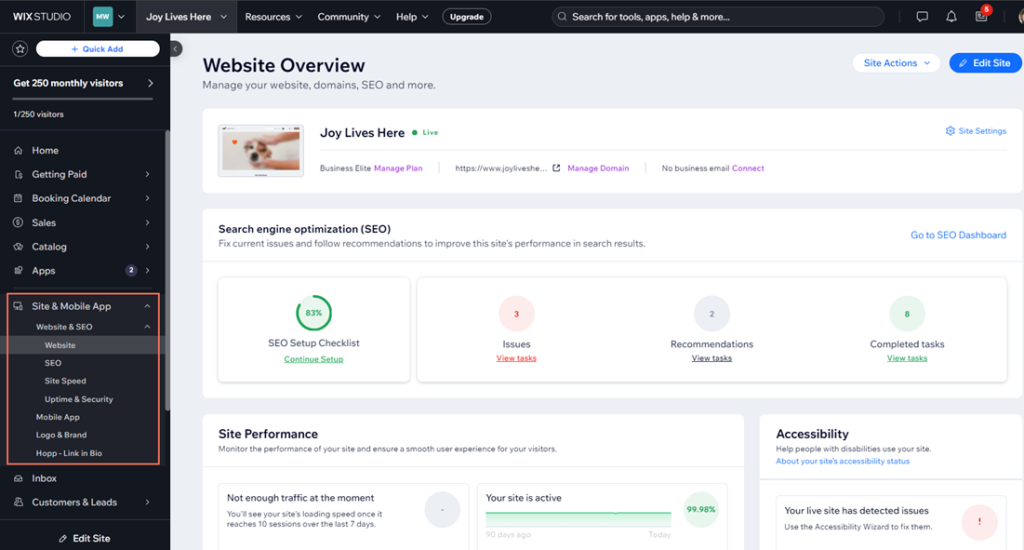
Wix provides unparalleled creative control for brands looking for design versatility.
– Drag and drop elements freely to craft a one-of-a-kind layout
– Customize animations, backgrounds, and page structures without coding
– Start with a basic template and personalize every detail to match the branding
4. WooCommerce options
For businesses using WordPress, WooCommerce offers a customizable, open-source e-commerce website solution that allows for deep integrations and extensive branding control. Unlike other platforms, WooCommerce allows store owners to modify templates extensively with plugins and custom code. This makes it ideal for those who need deep integrations with existing WordPress sites while maintaining full creative and functional control.
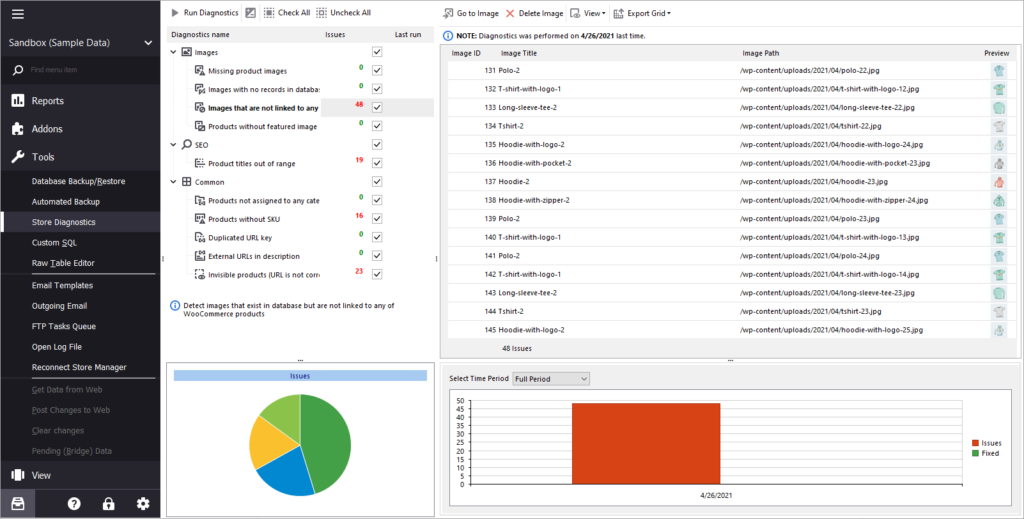
WooCommerce is the go-to option for WordPress-based businesses that require full control.
– Utilize open-source plugins to expand design possibilities
– Modify base templates with additional tools to refine the shopping experience
– Enjoy flexibility in integrations with marketing, payment, and inventory systems
5. Magento adaptability
Magento is built for large-scale brands requiring extensive customization, making it an ideal choice for enterprises seeking online shopping solutions that grow with their brand. As an open-source platform, it allows developers to modify code at every level, enabling complete brand differentiation. Magento supports advanced features like multi-store management, dynamic pricing, and complex integrations, making it the preferred choice for enterprises looking for long-term growth and flexibility.
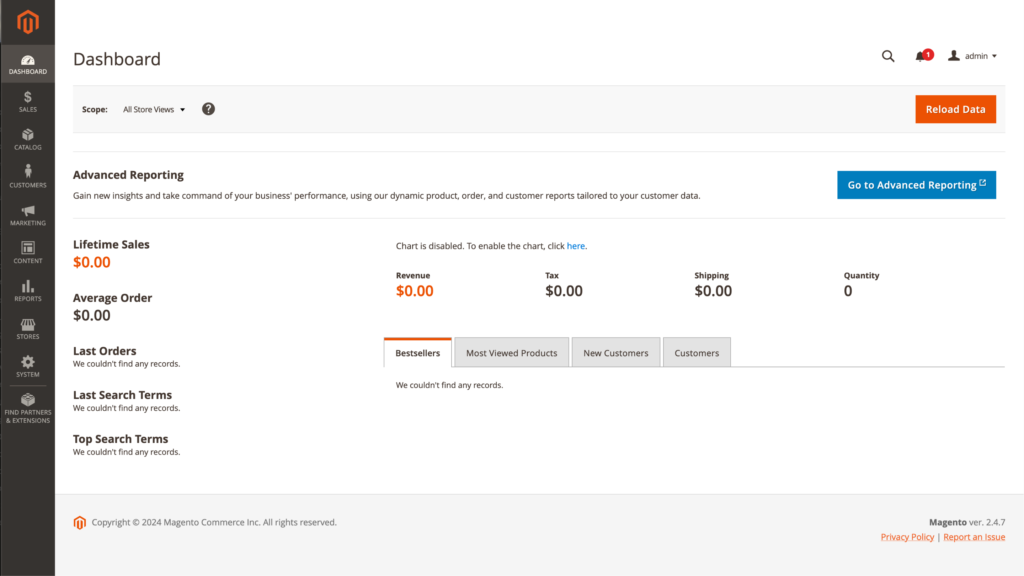
Magento is best suited for enterprises needing extensive customization capabilities.
– Leverage its open-source framework for full code-level modifications
– Build a completely tailored online store from scratch
– Implement advanced functionalities and integrations to support business growth
Conclusion
A custom e-commerce platform isn’t just about selling—it’s about building a brand that stands out. Customization ensures every detail reflects your identity, creating a seamless and memorable shopping experience. In a competitive market, brand differentiation is the key to long-term success. At Wgentech, we create intuitive software solutions designed to meet your business needs. Contact us today and start shaping your e-commerce brand for the future.




